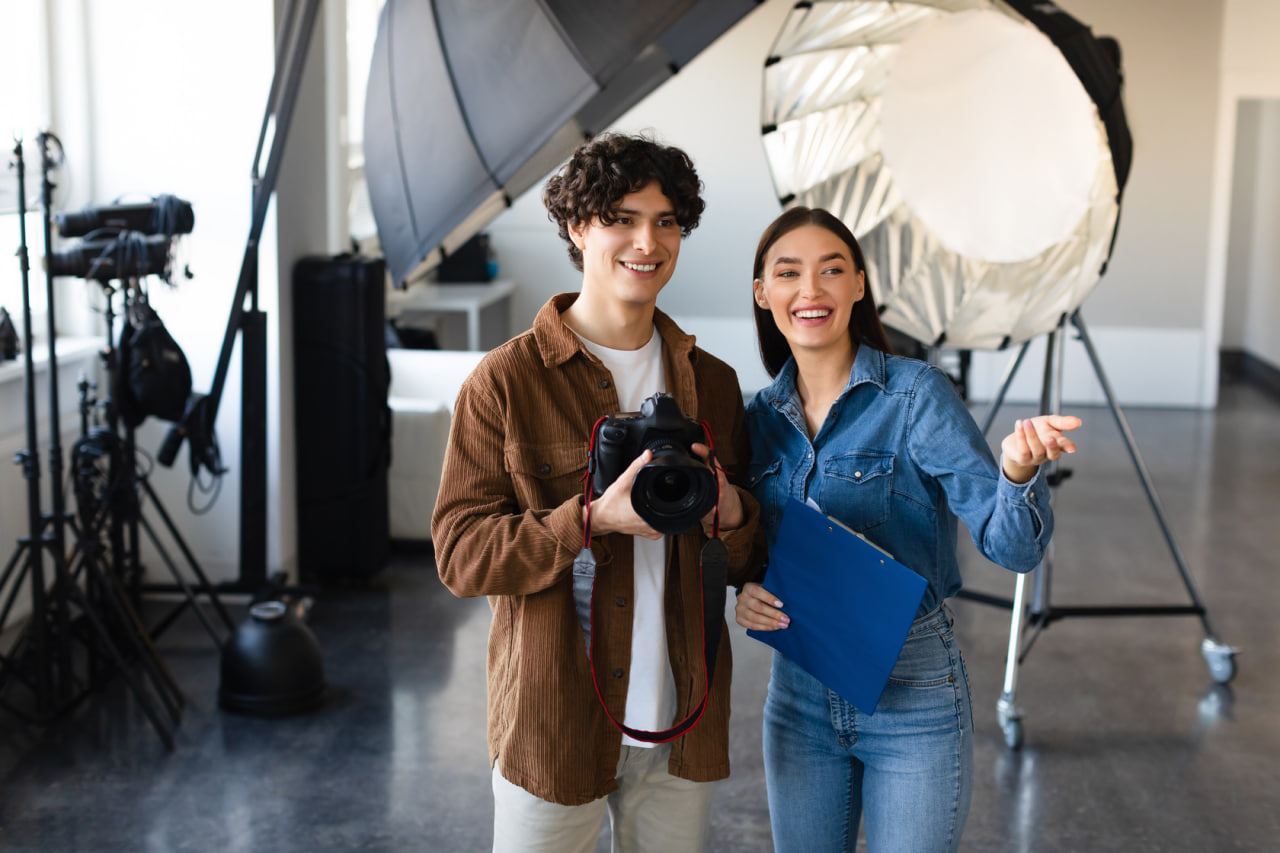Natural Light vs. Artificial Light: Which Is Better for New Photographers?
Lighting is one of the most powerful tools in photography. It shapes your subject, sets the mood, and defines the overall quality of an image. For beginner photographers, understanding the difference between natural and artificial light can be a turning point. Each type of light comes with its own set of benefits, challenges, and creative possibilities. The key is to understand how each works and when to use them effectively.
What Is Natural Light?
Natural light refers to any light that comes from the sun, whether direct or diffused. It includes outdoor daylight, sunlight filtering through a window, and even reflections off surfaces like buildings or water.
Natural light is readily available, free, and constantly changing throughout the day. This variation gives photographers a wide range of looks without the need for special equipment.
What Is Artificial Light?
Artificial light includes any light created by human-made sources. This can range from basic household lamps to professional photography lights like strobes, speedlights, and softboxes. Artificial light allows photographers to control lighting intensity, direction, color, and consistency regardless of time or location.
Learning to use artificial light requires more technical knowledge, but it opens up a world of creative possibilities once mastered.
Advantages of Natural Light
Natural light is often recommended for beginners because it’s simple, accessible, and forgiving. Here are a few reasons why many new photographers start with it:
It’s free and always available outdoors. You don’t need to buy equipment to experiment with natural light.
It creates soft and flattering images when diffused by clouds or used during golden hour, which occurs shortly after sunrise or before sunset.
It encourages beginners to observe how light behaves—how it changes throughout the day and how it interacts with the subject.
Natural light also helps you develop a good eye for location and timing. You learn to position your subject in a way that complements the light, whether it’s sidelight for dramatic shadows or backlight for a glowing effect.
Challenges of Natural Light
The biggest drawback of natural light is its unpredictability. Weather, time of day, and location all affect the quality of light. Harsh midday sun can cause strong shadows and blown-out highlights, while low-light conditions may make it harder to achieve sharp images without increasing ISO or lowering shutter speed.
Another limitation is the lack of control. You can’t adjust the sun’s position or intensity, so you have to adapt to the environment or use modifiers like reflectors to redirect light.
Advantages of Artificial Light
Artificial light gives you full control over your lighting setup. You can adjust the brightness, direction, and color to match the look you want, regardless of the weather or time of day.
It allows consistency across a series of images, which is especially useful in studio or commercial work. You don’t have to rely on changing natural light conditions.
With tools like softboxes, umbrellas, and diffusers, you can shape artificial light to mimic natural effects or create dramatic, stylized portraits.
It’s also essential for indoor photography, low-light environments, and creative projects where lighting needs to be very specific or repeatable.
Challenges of Artificial Light
The learning curve for artificial light is steeper. You need to understand how different light sources work, how to balance flash with ambient light, and how to set up and position lighting equipment effectively.
Good quality artificial lighting gear can be expensive, and the setup process takes more time and planning than simply using natural light.
Beginners may also struggle with getting the right white balance, avoiding harsh shadows, or learning to use flash without making the image look unnatural.
Which One Should You Start With?
For most beginners, natural light is the best starting point. It lets you focus on core photography skills like composition, exposure, and timing without needing extra tools. Shooting outdoors or near a window teaches you how to see light and adapt to it creatively.
Once you’re comfortable with natural light, transitioning to artificial light becomes much easier. You’ll already understand what kind of lighting you like and can use artificial tools to recreate or enhance those effects.
When to Use Natural Light
Use natural light when shooting outdoors, portraits by a window, or in situations where time and simplicity matter. Early morning and late afternoon provide warm, flattering light that is ideal for beginners. Cloudy days also create even, diffused light that is perfect for portraits and nature shots.
When to Use Artificial Light
Artificial light is ideal for indoor shoots, nighttime photography, and projects that require full control of lighting conditions. It’s also essential when you need consistency, such as in product photography or studio portraits.
As you gain experience, you may begin to combine both natural and artificial light for more advanced techniques.

